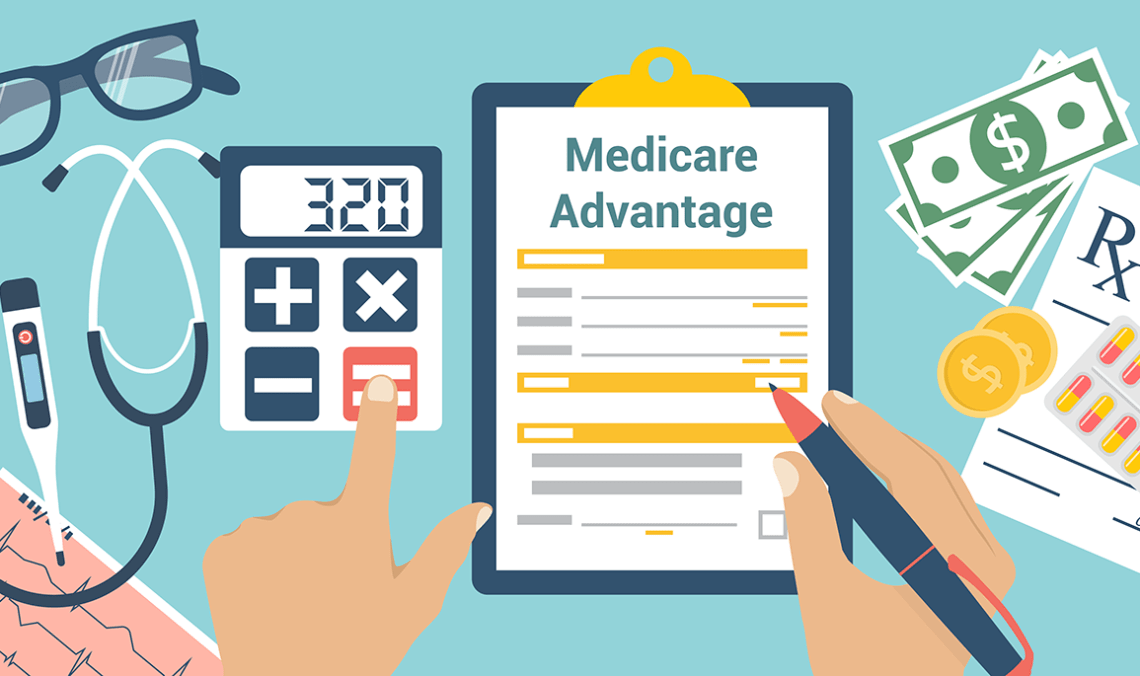Medicare is the federal health insurance program for Americans over 65. It’s intended to provide coverage for medical services, including hospital care and prescription drugs. Every year, millions of new people sign up for Medicare at the start of the enrollment period. Though this program offers significant benefits, multiple steps can be taken to maximize your coverage for the year, from getting the most out of your plan to avoiding unnecessary costs.
If you’re currently on Medicare or about to become eligible, some things can help you get better coverage and minimize your out-of-pocket costs. Here are six practical tips and tricks that’ll allow you to get the best possible value from your plan:
How to Maximize Your Medicare Plan
1. Understand What Your Medicare Plan Covers
The first thing you should do to maximize your Medicare plan is to understand the ins and outs of your health insurance thoroughly. Medicare has multiple plans, called ‘parts,’ which cover different types of services.
The following is an overview of these plans:
- Part A: is designed to cover inpatient care. It also helps with home health services when recovering from a hospital stay. There’s no premium for Part A, but it does have deductibles and coinsurance costs associated with it.
- Part B: covers outpatient care, including some treatments that can be done in a doctor’s office and many that must be done in a hospital. Part B also covers lab work, ambulance service, and home health services. It has a monthly premium to cover these benefits.
- Part C: is designed for people who qualify for Parts A and B but want to join a Medicare Advantage plan. These plans provide the benefits of Parts A and B and offer extra services through a network provider such as vision coverage.
- Part D: is prescription drug coverage. It has a monthly premium to cover these costs.
Separate from Parts A through D are Advantage plans that cover all of the benefits included in the other parts combined with additional services like vision coverage or gym memberships. Many people think that Part A and Part B are the only aspects of Medicare that matter. However, Part D is one of the essential parts of the plan. This part covers prescription drug coverage.
For recipients who don’t have the resources to cover extra costs like a monthly premium, there’s a Medicare Extra Help program for those with limited income and resources.
2. Choose Your Provider Wisely
The next step to fully leverage your Medicare plan is to choose a provider that’ll maximize your coverage and minimize your cost-sharing. You must select new providers for Medicare Parts A and B every year. If you fail to make changes, the government automatically selects different doctors for you. In theory, it sounds like a good idea, but it’s not the best course of action.
In many cases, if you don’t choose your doctor and automatically move to one that isn’t near your home or office, you’ll end up paying higher out-of-pocket costs due to additional travel expenses.
You may also want to consider using a primary care physician as a ‘gatekeeper.’ That’s where you see a primary care physician for basic services. If they can’t provide the care you need, they refer you to a specialist. With this option, your primary care physician isn’t going to let you run up a huge bill. That leaves more money for other things like prescription drugs or treatment procedures that Medicare does cover.
3. Get All The Preventative Care You Need
In addition to knowing all of your plan’s key features, it’s crucial to be proactive and get any preventative care you may need. For example, schedule an annual wellness visit with your primary care providers to talk about staying healthy or what you can do in case of an emergency.
Also, find out if the plan offers discounted rates on preventative screenings. It includes things like bone density scans, mammograms, and colonoscopies. If it does, consider scheduling all the screenings you need such as a mammogram or colonoscopy every other year.
Preventative services are necessary for more than just staying healthy. They can also help you stay out of the hospital, which is extremely expensive and puts you at risk of severe complications.
4. Know Your Out-Of-Pocket Costs
Once you understand what your Medicare plan covers, it’s time to know how much you’ll be on the hook for. Medicare divides this into two parts: your monthly premium and your out-of-pocket costs.
You can determine your premiums by multiplying what you’re expected to pay each month by 12. For example, if you’re expected to pay USD$100 a month, it’ll cost you USD$1,200 a year. On the other hand, your out-of-pocket costs are a little trickier. These costs vary depending on the type of plan and what kind of services you receive. For example, a Medicare Advantage Plan requires a deductible before coverage kicks in.
If you signed up for a Medicare Advantage plan, your co-pays might change if you’ve hit your limit. If you go to the doctor for an appointment that isn’t covered under your plan, you’ll likely still have to pay it out of pocket. You can avoid this by calling ahead and talking with your doctor’s office about what is included in your plan.
Also, it’s best to use preferred providers when possible. It can help you avoid higher co-pays or coinsurance costs.
5. Use Home Healthcare Providers
If you have a Medicare Advantage Plan, find out if it provides coverage for home healthcare providers, including nurses and therapists that can assist you with various daily activities or monitor your condition. Services could include providing you with a trained professional to help administer your medication, teaching you how to use a necessary medical device, or going over ways to improve your quality of life.
If this is a benefit included in your plan, consider scheduling an appointment with a home care agency in the area and see if they provide these services for your plan.
6. Save On Prescription Drugs
Lastly, you should always use your Medicare plan to help you save on prescription drugs, including generic prescriptions, preferred brand-name drugs, and over-the-counter medications.
It also pays to ask for a 90-day supply of medication when possible because, in most cases, if you have Medicare Part D, you’ll only pay one co-pay no matter how many refills you have. So, if the medication only has a 30-day supply, make sure to ask your doctor for a 90-day prescription and save money.
Also, be aware of any warnings or alerts that may impact how much or what types of medications you can take. For example, some drugs may not be covered because they’re only approved for specific conditions.
Bottom Line
There are many practical ways to maximize your Medicare plan. By understanding these key features, asking the right questions to your doctor, and checking for discounts offered by the plan itself, you’re sure to get all of the coverage you need while saving money along the way.





